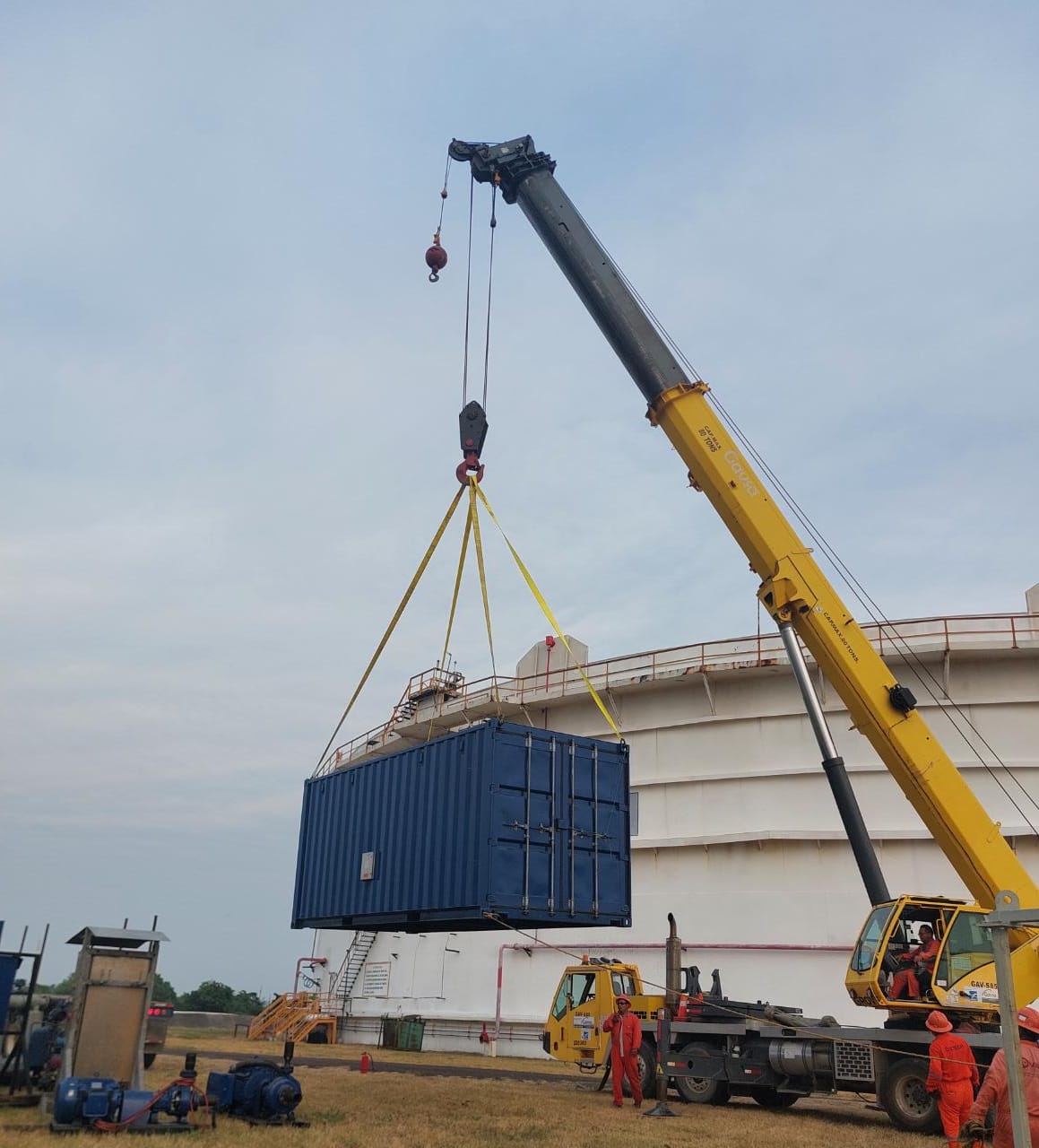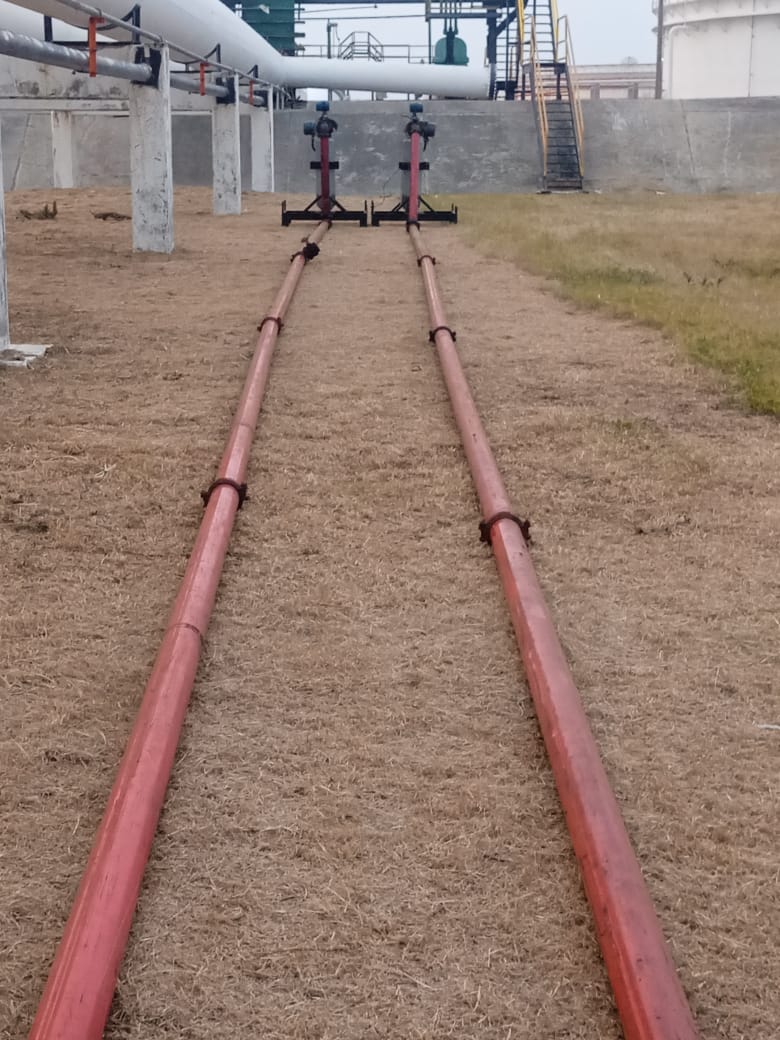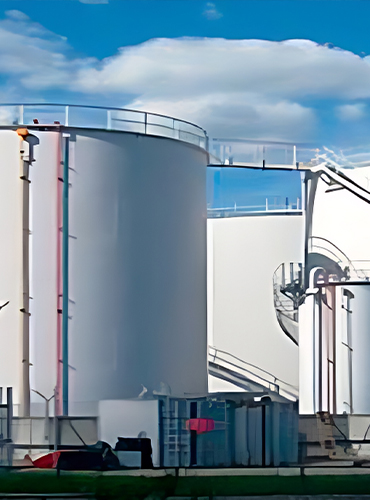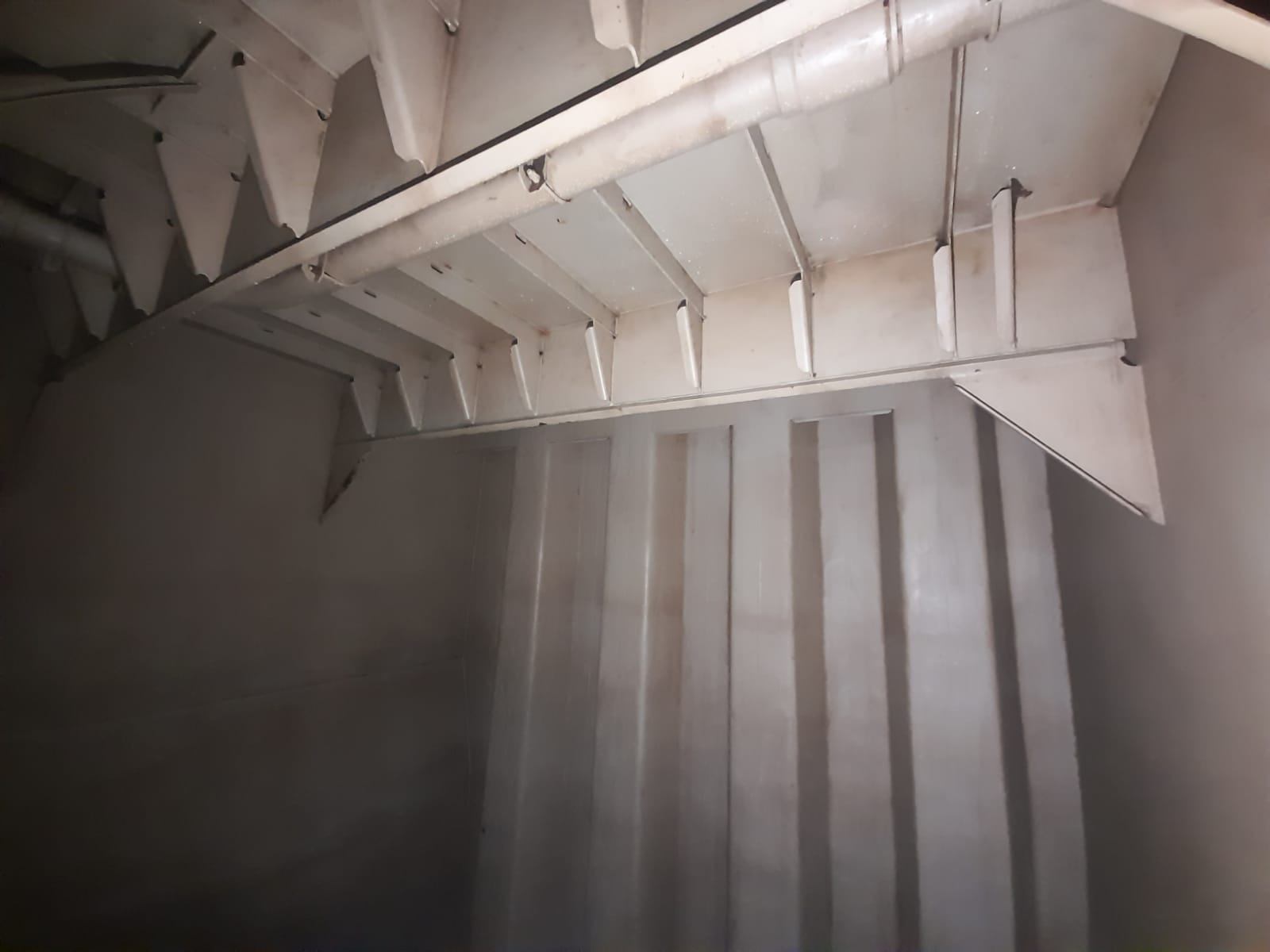INTERVIEW
Platform and tank cleaning.
Interview with Hussein Kadour Ponce
Interviewer: Good morning, Mr. Hussein Kadour Ponce. Thank you for joining us today. We would like to discuss the topic of the risks associated with using personnel for tank cleaning. Could you please share your insights on this important issue?
Hussein Kadour Ponce: Good morning. I’m glad to be here. The use of personnel for tank cleaning can pose significant risks to their safety and health.
Tanks often contain hazardous substances, residues, or confined spaces, which can expose workers to various hazards, such as chemical exposure, oxygen deficiency, or physical injuries.
It’s crucial to address these risks and ensure the implementation of proper safety measures to protect workers during tank cleaning operations.


Tank Cleaning Safety Chemical Risks in Tank Cleaning Physical Risks in Tank Cleaning Confined Space Risks in Tank Cleaning Safety Measures for Tank Cleaning Hussein Kadour Ponce
Interviewer: What are the main risks and hazards that personnel face when performing tank cleaning?
Hussein Kadour Ponce: When performing tank cleaning, personnel face several risks and hazards. One of the primary risks is exposure to hazardous chemicals or substances, which can lead to respiratory issues, skin irritation, or even long-term health effects.
Additionally, working in confined spaces increases the risk of oxygen deficiency or accumulation of toxic gases. Physical hazards, such as slips, trips, and falls, are also common during tank cleaning due to the presence of slippery surfaces or awkward working positions. It’s essential to address all these risks to ensure the safety and well-being of personnel involved in tank cleaning.
Interviewer: What are some effective measures and alternatives to mitigate these risks?
Tank Cleaning Safety Chemical Risks in Tank Cleaning Physical Risks in Tank Cleaning Confined Space Risks in Tank Cleaning Safety Measures for Tank Cleaning Hussein Kadour Ponce
Hussein Kadour Ponce: To mitigate the risks associated with tank cleaning, it’s crucial to prioritize safety and implement proper measures. One effective measure is to minimize the need for personnel entry into tanks by utilizing automated or remote-controlled cleaning methods.
These methods reduce the direct exposure of workers to hazardous environments. Implementing proper ventilation systems and monitoring equipment can help ensure a safe atmosphere within the tank.
Personal protective equipment (PPE), such as respiratory masks, gloves, and protective clothing, should be provided to workers when entry is necessary. Additionally, comprehensive training on safe work practices, hazard identification, and emergency procedures is vital to ensure workers are prepared and aware of potential risks.
Interviewer: How can companies promote a culture of safety and ensure compliance with safety measures in tank cleaning operations?


Tank Cleaning Safety Chemical Risks in Tank Cleaning Physical Risks in Tank Cleaning Confined Space Risks in Tank Cleaning Safety Measures for Tank Cleaning Hussein Kadour Ponce
Hussein Kadour Ponce: Promoting a culture of safety starts with strong leadership and clear communication. Companies should establish safety policies and procedures specifically tailored to tank cleaning operations. Regular safety training sessions should be conducted to educate workers about the risks involved and the necessary safety precautions.
Companies must also provide the necessary resources and equipment to ensure the implementation of safe practices. Regular inspections and audits should be performed to identify any potential safety gaps and address them promptly.
By fostering a culture of safety and encouraging active participation from all employees, companies can create a safer working environment for tank cleaning operations.
Interviewer: What is your main recommendation for companies looking to improve safety in tank cleaning operations?
Tank Cleaning Safety Chemical Risks in Tank Cleaning Physical Risks in Tank Cleaning Confined Space Risks in Tank Cleaning Safety Measures for Tank Cleaning Hussein Kadour Ponce
Hussein Kadour Ponce: My main recommendation is for companies to prioritize worker safety and consider alternative cleaning methods that minimize the need for personnel entry into tanks.
If entry is necessary, companies should ensure that proper safety measures, including ventilation, monitoring, and personal protective equipment, are in place.
Regular training and communication about safety protocols and hazard awareness are essential. Investing in advanced technologies and automation can significantly reduce risks and improve the overall safety of tank cleaning operations.
Interviewer: Thank you, Mr. Hussein Kadour Ponce, for sharing your insights on the risks associated with using personnel in tank cleaning. Your expertise and recommendations are invaluable for promoting safety and protecting workers in these operations.
Hussein Kadour Ponce: You’re welcome. It was my pleasure to discuss this important topic. Thank you for having me.


